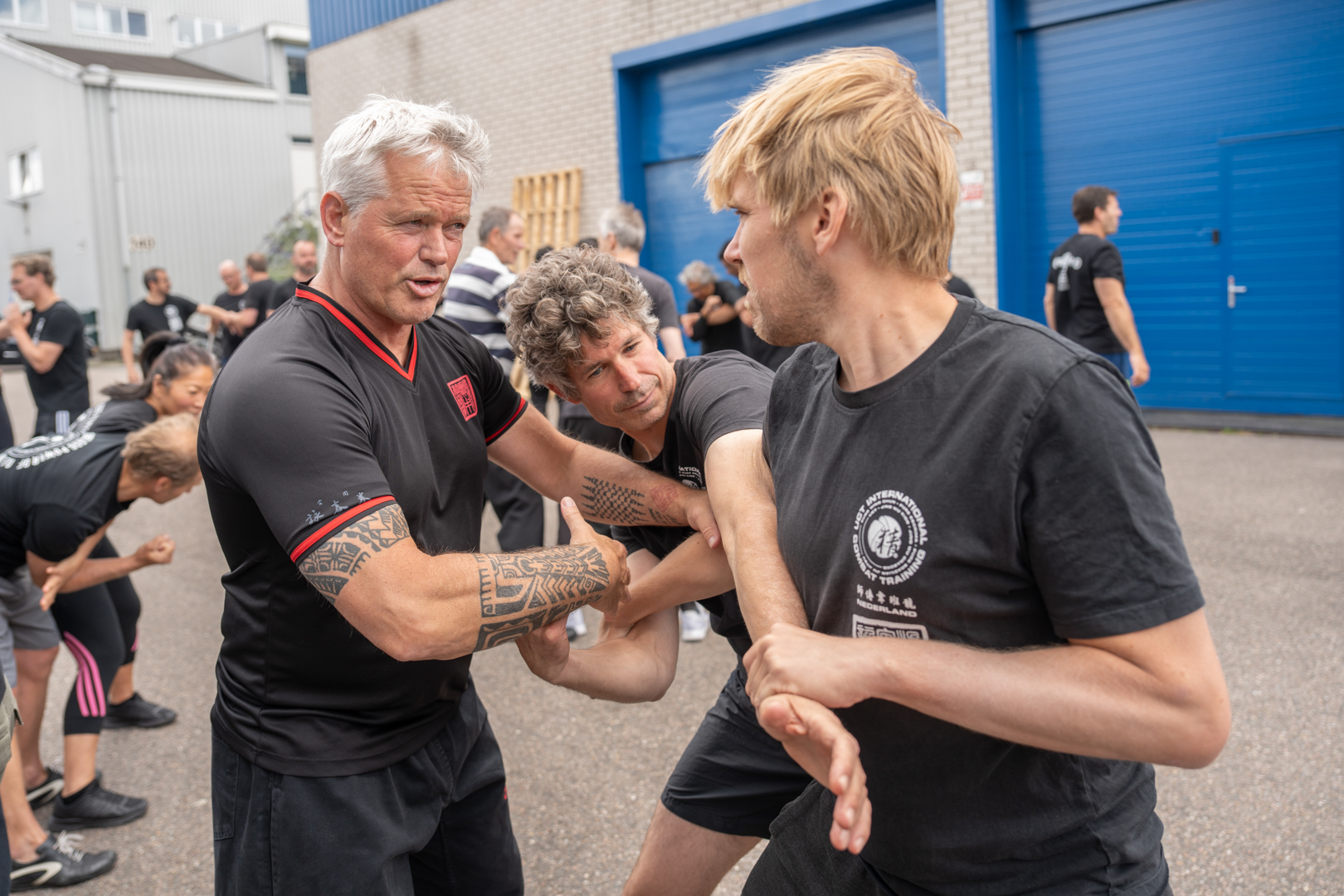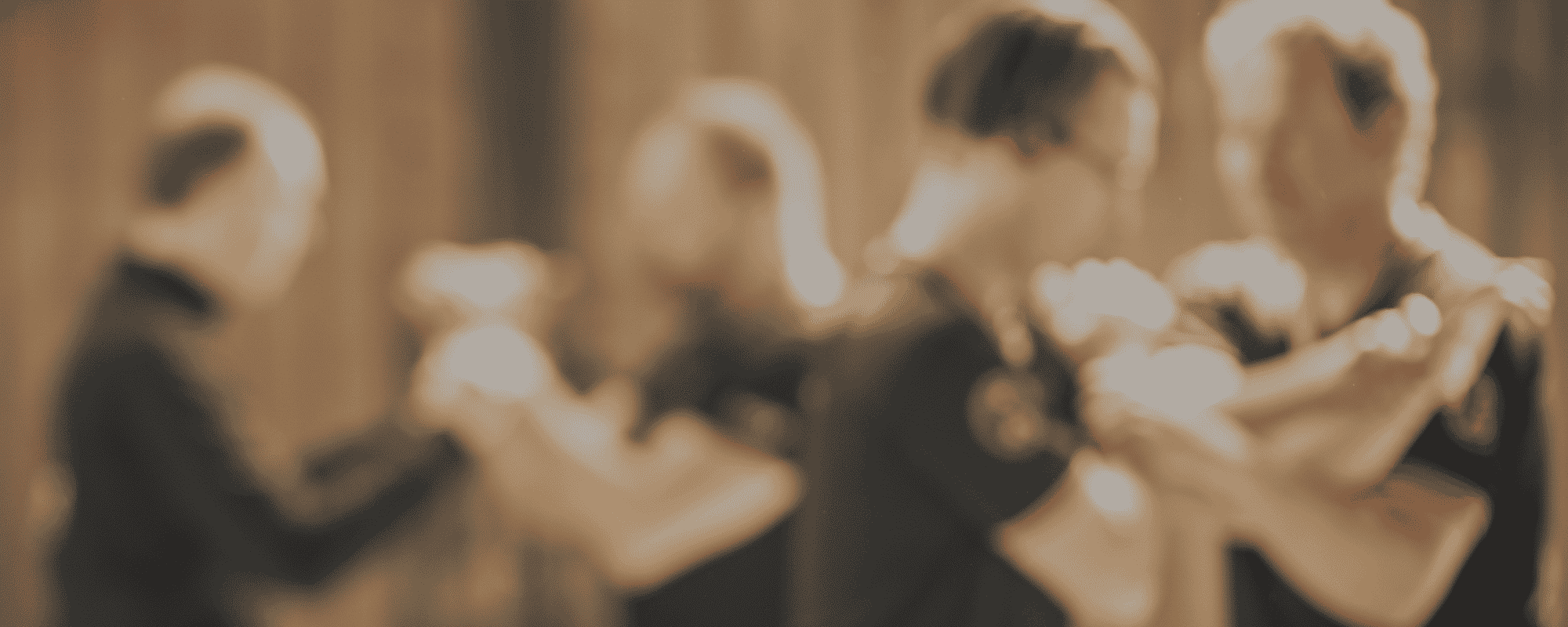
Understanding the Four Approaches to Martial Arts
Martial arts is a broad and diverse field with many different approaches, each serving distinct goals and philosophies. In this article, we explore four primary categories: Traditional Martial Arts, Sport-Based Martial Arts, Self-Defense Systems, and Fitness-Oriented Martial Arts. Each offers its own benefits and limitations, depending on what practitioners are looking for.
1. Traditional Martial Arts (e.g., Wing Chun Kung Fu) Traditional martial arts are deeply rooted in cultural heritage and long-standing philosophies. Wing Chun Kung Fu, for example, is not just a system of fighting techniques but a disciplined study of structure, energy, timing, and efficiency. It emphasizes principles like centerline control, simultaneous defense and attack, and economy of motion. Traditional martial arts often focus on personal development, respect, and lineage, making them as much about character building as combat skill.
2. Sports-Based Martial Arts (e.g., BJJ, MMA) Martial arts such as Brazilian Jiu-Jitsu (BJJ) and Mixed Martial Arts (MMA) fall under the competitive, sport-oriented category. These arts are often pressure-tested in live sparring or competition. The focus here is on physical conditioning, technical refinement, and winning within specific rulesets. While highly effective in their environments, sport-based martial arts sometimes sacrifice situational realism (like multiple attackers or weapons) for athletic performance and regulated combat.
3. Self-Defense Systems This approach is purely functional and designed for real-world threats. Systems in this category prioritize simplicity, rapid response, and tactical awareness. Training often includes scenarios like weapon attacks, multiple assailants, and stress-based decision-making. The goal is survival, not points or tradition. These systems may integrate techniques from various disciplines but adapt them for practical street application.
4. Fitness-Oriented Martial Arts (e.g., Tae Bo, Boxercise) These programs use martial arts movements purely for physical conditioning. Tae Bo, Boxercise, and similar classes combine strikes and drills with upbeat music for a full-body workout. The focus is on cardio, coordination, and strength rather than combat effectiveness. While participants may learn basic technique, the primary goal is health and fitness, not self-defense or competition.
UCT Sathyong Kuen Kung Fu: A Combined Approach At UCT, the Sathyong Kuen Kung Fu system takes a unique and integrated approach by combining elements from traditional martial arts, self-defense systems, and fitness-oriented training—while consciously choosing not to focus on the sport or competitive aspect. This method respects classical principles, emphasizes real-world functionality, and promotes physical well-being, resulting in a complete and balanced martial practice that is applicable to everyday life.
Choosing a martial arts path depends on your goals: Are you seeking tradition, competition, practical defense, or physical fitness? Each approach has its merits, and many practitioners eventually cross-train to gain a well-rounded experience. The most important thing is to find a style that aligns with your personal objectives and keeps you motivated on your martial journey.
We believe that we have the most allround approach to the above, you are welcome to come and join one of our classes at your nearest UCT Academy or UCT School.



Sorry, the comment form is closed at this time.